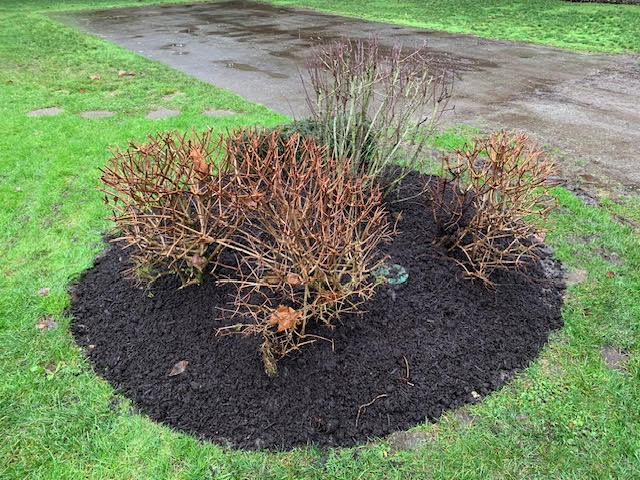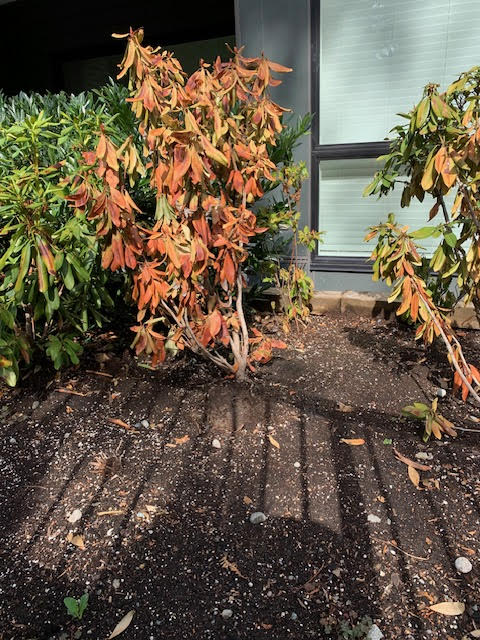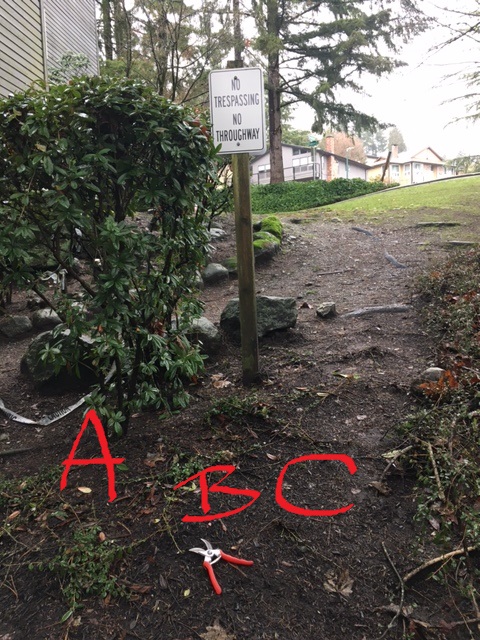Winter additions
Winter is a great time to add stuff to your landscape because everything is quiet. There is no lawn care and plants aren’t growing actively; weeds included. You can add soil to weak areas and plants to open spots before weeds move. And since trees are dormant, it’s a good time to add a few as well.
Soil amender
I love adding soil to the landscape. Dark soil amender gives your place an instant upgrade, it will help the plants and, if you’re behind on weeding, it will definitely smother weeds. Just make sure you don’t go cheap. I wouldn’t install anything below two to three inches.
If you don’t have a truck, fear not. They deliver for a fee.


New plants

This is frightening because in nature plants move into open spaces. I personally finessed this bed and it was a lot of labour. Why not add some plants? They’re not expensive and they will save you from weeding because they compete with weeds. New plants will also beautify the bed. So why not go shopping for something you like?
If there is no budget, then consider asking your friends and visiting garden clubs. But whatever you do, don’t leave so much open space in your beds. Weeds will move in and they will produce lots of seeds.
Trees
I love planting trees! Winter is a great time to plant trees because they’re dormant. Unless, of course, the soil is frozen. Then you have to wait.
Pick something appropriate for your garden and make sure you consider your tree’s mature size. Your baby tree looks cute at the nursery but a giant red maple will soon tower over your house; and clog your gutters with leaves.
Last December I planted two dogwoods that will stay fairly small and flower nicely for the owners. Both came wrapped in burlap and nestled in metal cages. The ISA says it’s up to you if you want to keep or remove the burlap and cage.
Normally, I remove both but since I was by myself it made more sense to keep the cage. I simply cut away the strings, bent the cage top downwards and cut off the burlap from the top. You can my videos here: root flare and backfilling.
Conclusion
Winter is nice and slow so consider adding some stuff to your garden. Adding soil and mulch is a great project. And assuming the ground isn’t frozen, you can also add new trees. Have some fun before spring hits.






